It doesn’t take long to be into photography before the name Louis Daguerre comes up as one of the most important pioneer’s in early photography.
Daguerre’s contribution was of course the daguerreotype, a revolutionary (for the time) process for making photographs on polished silver plated copper plates. Wikipedia has a pretty good explanation for how they were made, so I’ll just quote them:
To make the image, a daguerrotypist would polish a sheet of silver-plated copper to a mirror finish, treat it with fumes that made its surface light sensitive, expose it in a camera for as long as was judged to be necessary, which could be as little as a few seconds for brightly sunlit subjects or much longer with less intense lighting; make the resulting latent image on it visible by fuming it with mercury vapor; remove its sensitivity to light by liquid chemical treatment, rinse and dry it, then seal the easily marred result behind glass in a protective enclosure.
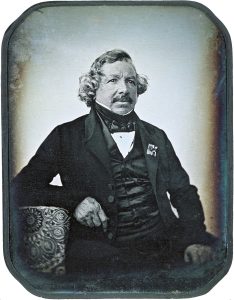
The daguerreotype would give way to more flexible and simpler types of photography and by the end of the century, to photographic film, but for about 20 years after it’s invention, was the most widely used photographic process in the world, helping to establish photography as a viable art form.
I quoted Wikipedia above not only to give a good explanation of what a daguerreotype is, but also to prove that today in 2019, any time we want to know more about something, we have resources online to look something up and find the information we need almost instantly.
This wasn’t always the case though, and back in the mid 20th century when someone wanted to learn about someone like Louis Daguerre or the daguerreotype, they’d have to go to a library or hope that their favorite photographic magazine would run a two part feature article on Louis Daguerre, which this being a Keppler’s Vault article is what happened in the December 1951 and January 1952 issues of Modern Photography.
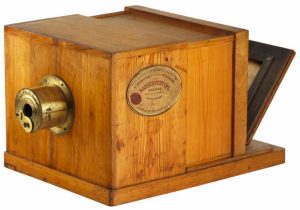
Together, this two part article written by Beaumont Newhall spans 13 pages and starts of rightfully crediting people like Joseph Nicéphore Niépce, Henry Fox Talbot, and Thomas Wedgewood all for having a role in the early days of photography and not giving Daguerre sole credit. The first 8 pages of the article speak to the historical side of how Daguerre got started and his early works, showing several really terrific photos of sample images and a diorama he made in the 1830s.
The second part focuses on some of the challenges that the world had in accepting the daguerreotype, from the difficulty in making it, to Daguerres challenges in making a living from his invention. Perhaps most interesting is a translation from a satirical magazine called Charivari that on August 30, 1839 published a rather dim view on the art of photography, mainly criticizing it’s complexity and impracticality.
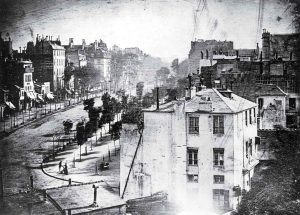
Despite these challenges, the daguerreotype was successful and launched an entire industry of photography which still exists today. It’s hard to fully realize the impact that one man had, as there were other people working on similar processes at the time, and its plausible that had Daguerre never discovered his process, perhaps someone a couple months or years down the road would have figured it out too, but nevertheless, he did, and it worked and if you have any interest in photography, you owe at least some of that to Louis Daguerre.
In last week’s Keppler’s Vault, I changed how I present the articles. Instead of a gallery of JPG images of each page of the article that some readers have reported are difficult to read, I am presenting them all together in a single PDF file. You can open this PDF full size in your browser, or download it to your device using the link in the bottom toolbar if you wish.
Please let me know what you think of this change as I can always go back to the JPG gallery.
All scans used with permission by Marc Bergman, 2019.

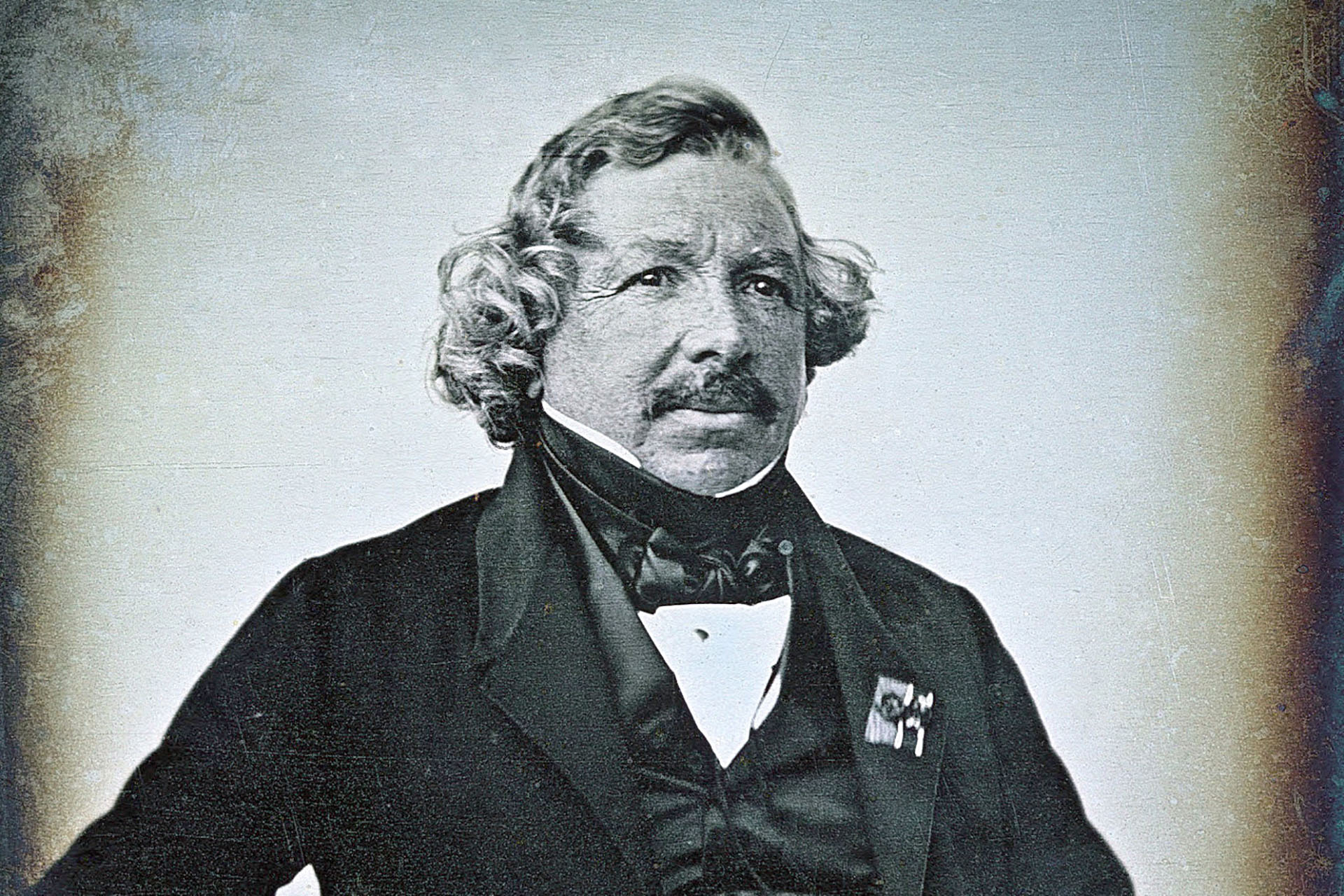
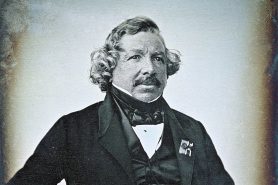
Thank you for the new format. It makes these articles far easier to read.
Would you know how many daguerreotype images exist of Daguerre himself?
I am sorry William, but I do not know. My guess is, not many since daugerreotypes were expensive and time consuming to make, and most photographers even today, don’t often take many pictures of themselves.
Talbot did not have any influence over the Daguerre’s invention of the Daguerreotype, actually the reverse is true. Daguerre had no knowledge of Talbot’s experiments as was the case with most in the world as Talbot deemed them not worthy of publication until Daguerre made the announcement of his process. Talbot’s initial process was that of printing out in camera instead of developing out an image. It wasn’t till a year after having bought a copy of Daguerre’s patent, which clearly outlined Daguerre’s discovery of latent image development, that Talbot included latent image development in his process and making it more commercially viable (through reducing exposure times).
The Giroux camera pictured was not typical of cameras of the Daguerreian period, a sliding box camera with a Petzval lens would be. The Giroux camera was the first commercially available camera for photography and had a single doublet lens that was around f17 and resulted in 15 min exposures. The invention of the F3.5 portrait lens by Joseph Petzval greatly reduced exposure times and was the go to lens for the daguerreian era which was predominantly focused on portraiture.
Alan, this is some great info! Thanks for adding to the discussion! Keep in mind though, that I did not write the original article. I am merely re-sharing an old article from the 1950s about Daguerre. I used the Giroux camera as it was the exact same one featured in the original article.
“starts off rightfully crediting people like Joseph Nicéphore Niépce, Henry Fox Talbot, and Thomas Wedgewood for influencing Daguerre” – Mike this is your take on the history and again I would again refute that Talbot had any influence on Daguerre’s invention for reasons stated. I do agree that no one inventor was responsible for the genre of Photography but credit where its due and not where it isn’t.
Alan, everyone has their own personal take on history and today it is a fruitless exercise to try and prove who influenced whom. We really have no idea just how much the early pioneers may have, or may have not, known about each others’ work. So there’s little point in being so pedantic about things. I’m not interested in getting on a platform and espousing one pioneer’s cause over another.
It is known, for example, that Fox-Talbot struggled early on with fixing his images, something that Daguerre had done successfully, but Daguerre’s process was a photographic dead end. Fox-Talbot was working on a neg/pos process that we are so familiar with to this day, hence why he is known today as “The Father of Photography.”
What you stated was historically inaccurate, its not a matter of a personal take on the history, that is an obfuscating cop out. Its a matter of historical fact that Talbot didn’t publish or even share substantially his research till after Daguerre made his announcement. How would have Daguerre known anything about Talbots research so as to be “influenced by him” in the development of the Daguerreotype process? Yes the neg/pos process was the foundation for coming genre but Talbot wouldn’t have gotten across the line without Daguerre’s latent image development, only the historically ignorant seek to cite one person as the “father of photography”. And it wasn’t a photographic dead end, even Herschel made the judgment that Talbots efforts were mere child’s play compared to the perfection of the Daguerreotype.
“only the historically ignorant seek to cite one person as the “father of photography”. And it wasn’t a photographic dead end, even Herschel made the judgment that Talbots efforts were mere child’s play compared to the perfection of the Daguerreotype.”
Alan, I do feel that you should get off your high horse. It isn’t one person making the comment about Fox-Talbot. And even the mighty Herschel can make a mistake and did not foresee “where the future of photography” lay. Daguerreotypes are exquisite. Did I say they weren’t? But the paths followed by Fox-Talbot and his contemporaries were the future and left Daguerre behind. Daguerreotypes were a photographic dead end – each image was unique and could not be reproduced. They were very expensive and so couldn’t have mass appeal. Hello, Kodak.
What you feel is of no consequence. I did not mention commercial viability but referred to excellence (as did Herschel) and in that it was not a dead end but what Talbot’s pithy paper prints could not achieve. Despite its limitations in reproduction, Daguerreotypy had its place in mass appeal – it was a phenomenon that established the industry of photography in every major city of the world in just a few years.
Considering the nature of the chemicals involved in making daguerreotypes, it is a miracle that many photographers of that era did NOT die from mercury poisoning.
Safespace, yes, health and safety was non-existent in those days. Even if we don’t have definitive information of how many may have died, the lives of many could have been cut short prematurely through breathing in mercuric vapours.
You’re aware of the saying “as mad as a hatter”. This derives from the use of mercury in the hat industry and which had a detrimental effect on the brain of employees in the trade.
That’s not the origin of the phrase, actually. It used to be “mad as an atter”, the old spelling of adder, the most poisonous European snake. It bears saying that the word “mad” used to mean “in a violent frenzy”, rather than “someone who is mentally ill and therefore does nonsensical things”. At some point, and for some unknown reason, hatters got shortchanged by popular usage, and the expression became immortalized in Lewis Carrol’s “Through the Looking Glass”.